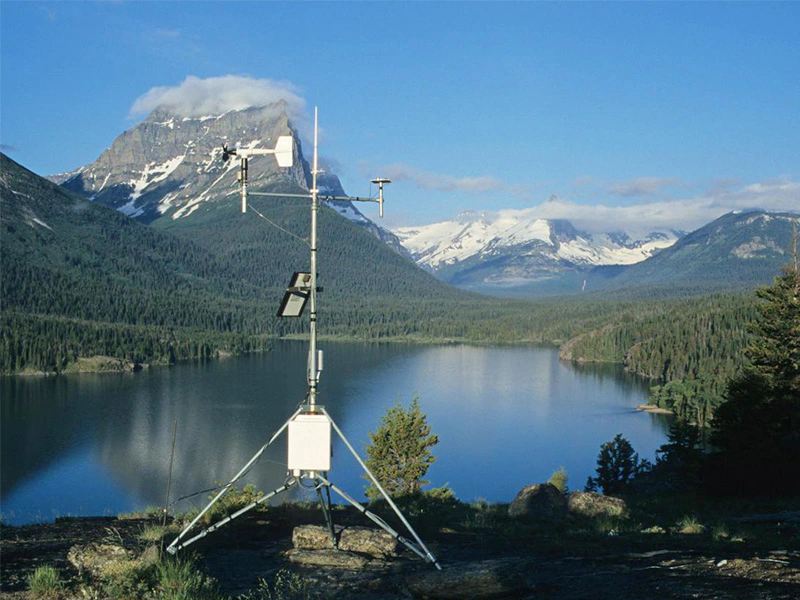
# Meteorological Station: Definition and Functions
## What is a Meteorological Station?
A meteorological station, also known as a weather station, is a facility equipped with instruments and devices designed to measure and record various atmospheric conditions. These stations play a crucial role in weather forecasting, climate research, and environmental monitoring by collecting data on temperature, humidity, atmospheric pressure, wind speed and direction, precipitation, and other meteorological parameters.
## Key Components of a Meteorological Station
Modern meteorological stations typically include several essential instruments:
– Thermometer: Measures air temperature
– Barometer: Records atmospheric pressure
– Hygrometer: Measures humidity levels
– Anemometer: Tracks wind speed
– Wind vane: Determines wind direction
– Rain gauge: Measures precipitation amounts
– Pyranometer: Measures solar radiation
## Functions of Meteorological Stations
Meteorological stations serve multiple important functions in our daily lives and scientific research:
### Weather Forecasting
The primary function of meteorological stations is to provide data for weather forecasting. By collecting real-time atmospheric data, meteorologists can analyze weather patterns and predict future conditions with increasing accuracy.
### Climate Monitoring
These stations contribute to long-term climate studies by maintaining consistent records of weather data over extended periods. This information helps scientists understand climate change patterns and trends.
### Agricultural Support
Farmers rely on weather station data to make informed decisions about planting, irrigation, and harvesting. Accurate weather information can significantly impact crop yields and agricultural productivity.
### Aviation Safety
Airports maintain meteorological stations to provide pilots with critical weather information for safe takeoffs, landings, and flight planning.
### Disaster Preparedness
Weather stations help detect and monitor severe weather conditions like hurricanes, tornadoes, and floods, enabling early warnings that can save lives and property.
## Types of Meteorological Stations
Meteorological stations vary in size and complexity:
– Surface weather stations: Measure conditions at ground level
– Upper-air stations: Use weather balloons to collect data at higher altitudes
– Automatic weather stations (AWS): Operate without human intervention
– Marine weather stations: Located on ships or buoys to monitor ocean conditions
## The Importance of Meteorological Data
The information collected by weather stations has far-reaching implications for numerous sectors:
– Energy companies use wind and solar data for renewable energy planning
– Construction firms consider weather patterns when scheduling projects
– Urban planners utilize climate data for city development
– Health organizations monitor weather conditions related to disease outbreaks
As technology advances, meteorological stations continue to become more sophisticated, providing increasingly accurate and detailed weather information that benefits society in countless ways.
Keyword: what is meteorological station